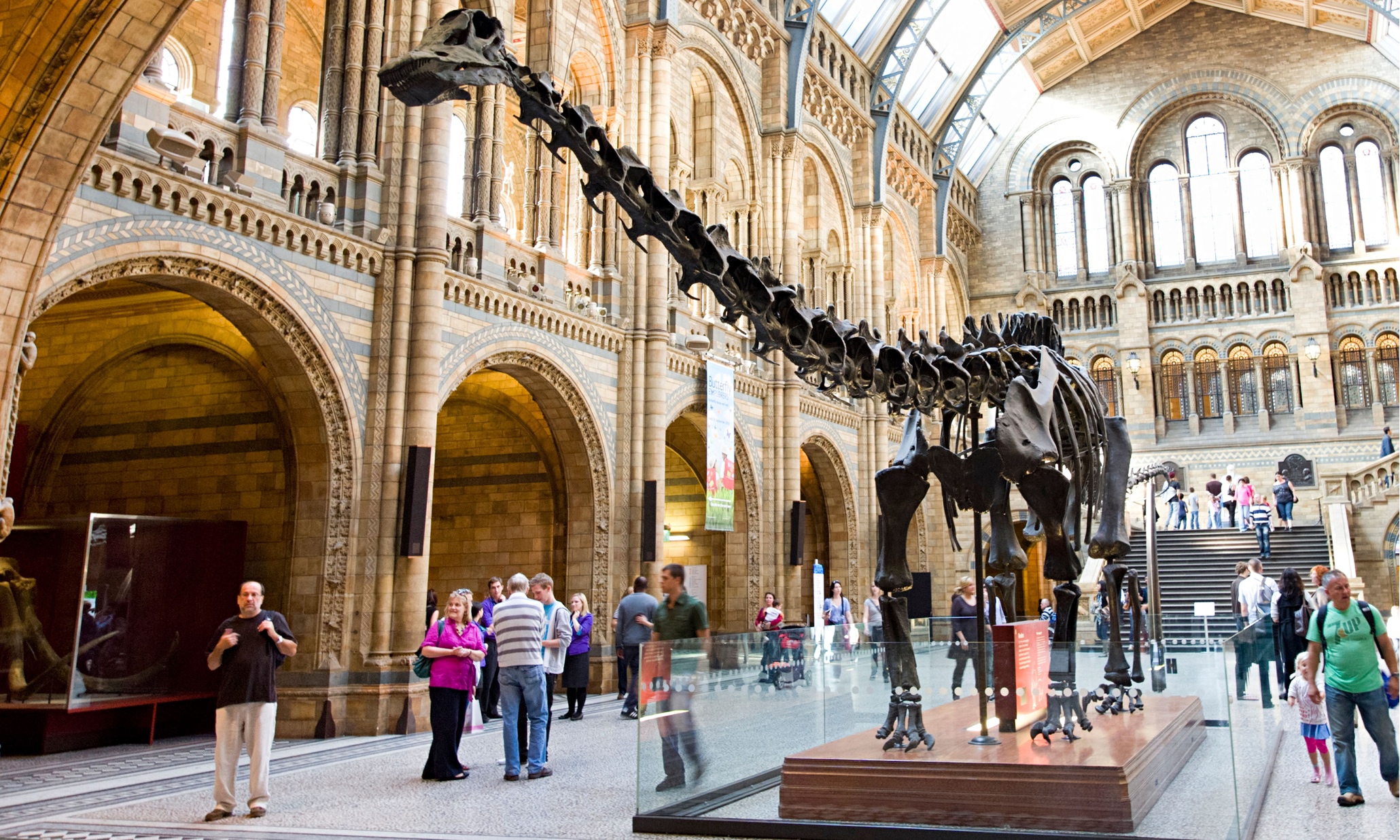 |
| The giant sauropods have captured our imagination for over a century |
The scale of the dinosaurs is what attracts people, particular children. A one tonne elephant is awesome, but a 30 tonne sauropod is something else entirely.
The great size of these reptiles became apparent during the late 19th century. As the palaeontological fury over the Bone Wars raged it yielded many new species, including the first giant sauropods. Some skeletons were complete, proffering remarkable views of the titans which once roamed the Earth. Most sauropod skeletons, however, have many bones missing. In these instances comparative anatomy is used to extrapolate original dimensions.
The great size of these reptiles became apparent during the late 19th century. As the palaeontological fury over the Bone Wars raged it yielded many new species, including the first giant sauropods. Some skeletons were complete, proffering remarkable views of the titans which once roamed the Earth. Most sauropod skeletons, however, have many bones missing. In these instances comparative anatomy is used to extrapolate original dimensions.
Femurs are useful as the length is proportional to the overall skeleton. The science of extrapolation can be contentious, however, as figures can vary massively depending upon the parameters used. Ideas can become more shaky when specimens are fragmentary. Even when most of the skeleton is present, mistakes can still be made as a recent study has highlighted.
When it was first discovered, Dreadnoughtus was hailed as the heaviest dinosaur to have ever lived, coming in at 60 tonnes. Its size was calculated using the limb bones. A research team from several UK universities has shown that this figure is a gross overestimation.
When it was first discovered, Dreadnoughtus was hailed as the heaviest dinosaur to have ever lived, coming in at 60 tonnes. Its size was calculated using the limb bones. A research team from several UK universities has shown that this figure is a gross overestimation.
 |
| Dreadnoughtus was once considered the heaviest dinosaur to have walked the planet |
'The original method used to calculate the mass of the animal is a common one and has been used successfully on many specimens. The highest estimates produced for this particular giant, however, didn't quite match up,' said Dr Karl Bates from the University of Liverpool.
'Using digital modelling and a dataset that took in species, alive and dead, we were able to see that the creature couldn't be as large as originally estimated. Our analysis suggests that only the lower estimates produced by previous methods are plausible. Estimates of 60 tonnes and above do not fit with our current understanding of the mass characteristics of living land animals.'
'Using digital modelling and a dataset that took in species, alive and dead, we were able to see that the creature couldn't be as large as originally estimated. Our analysis suggests that only the lower estimates produced by previous methods are plausible. Estimates of 60 tonnes and above do not fit with our current understanding of the mass characteristics of living land animals.'
The team used 3D skeletal modelling to reconstruct the body mass more directly by mathematically reconstructing a 'skin' volume around bones of Dreadnoughtus on a computer and then expanding that skin outline to account for muscle, fat and other tissues. The expansion was based on a range of possible values derived from examining living organisms. The final figures for the weight of Deadnoughtus came out at 30 to 40 tonnes. The dinosaurs were clearly part of a world populated by giants, and while some may not be as massive as was previously thought, they still have the power to capture the imagination.